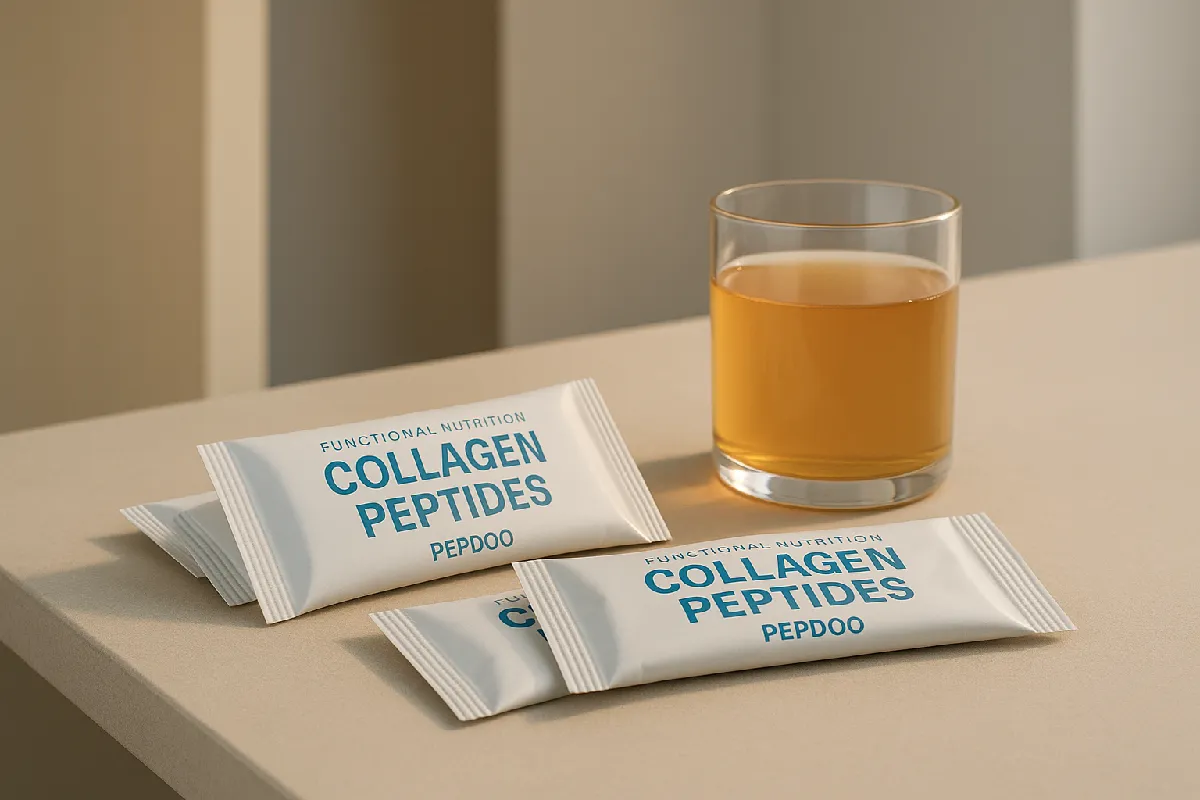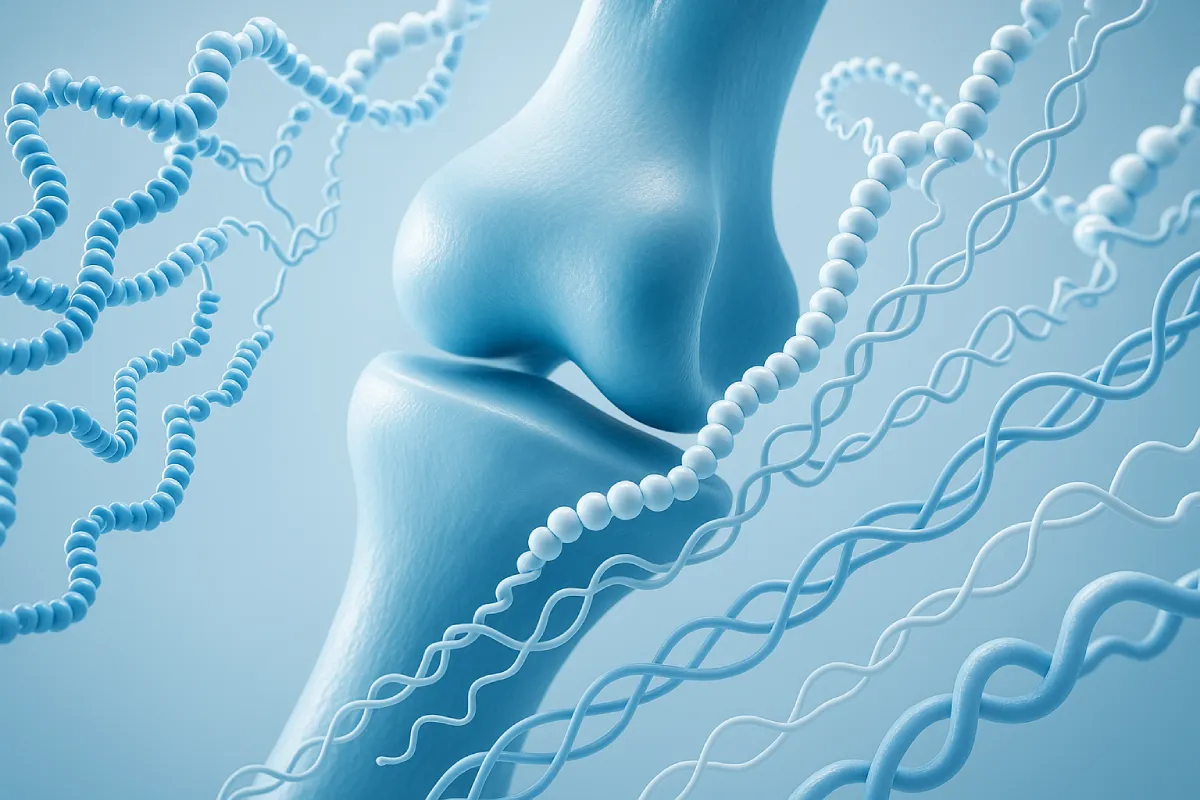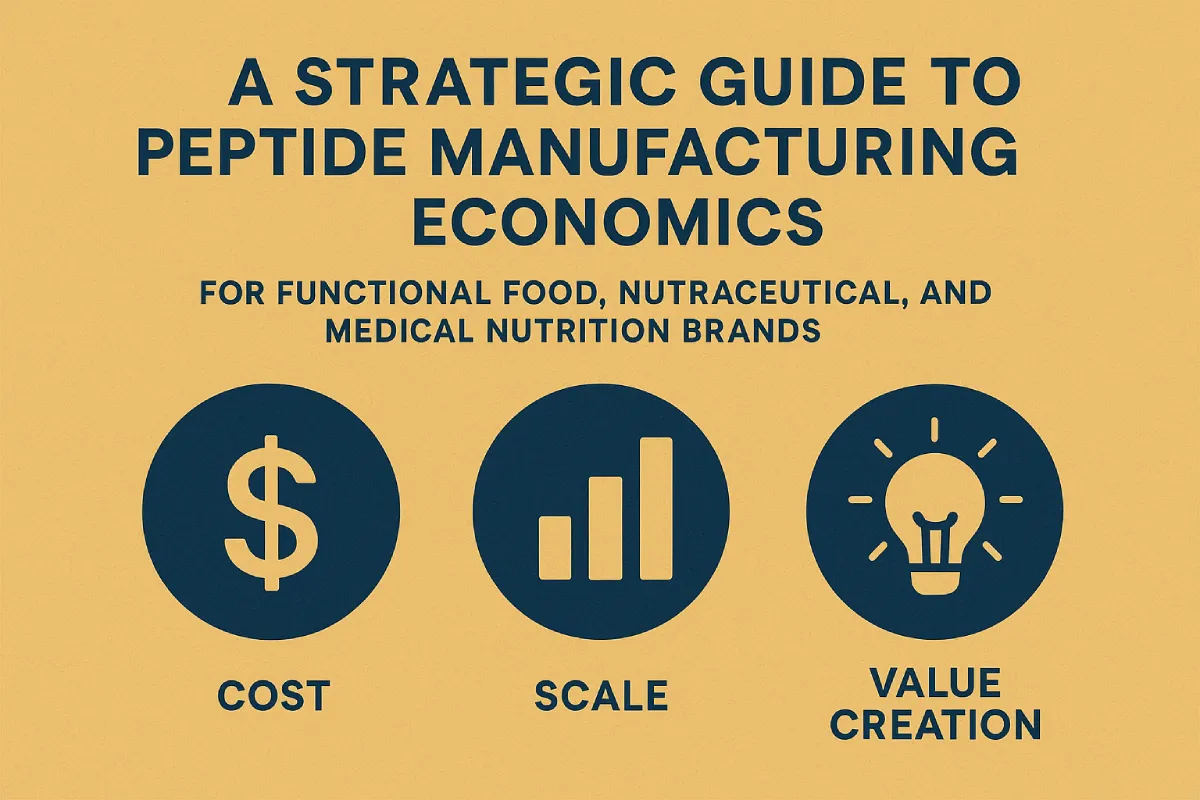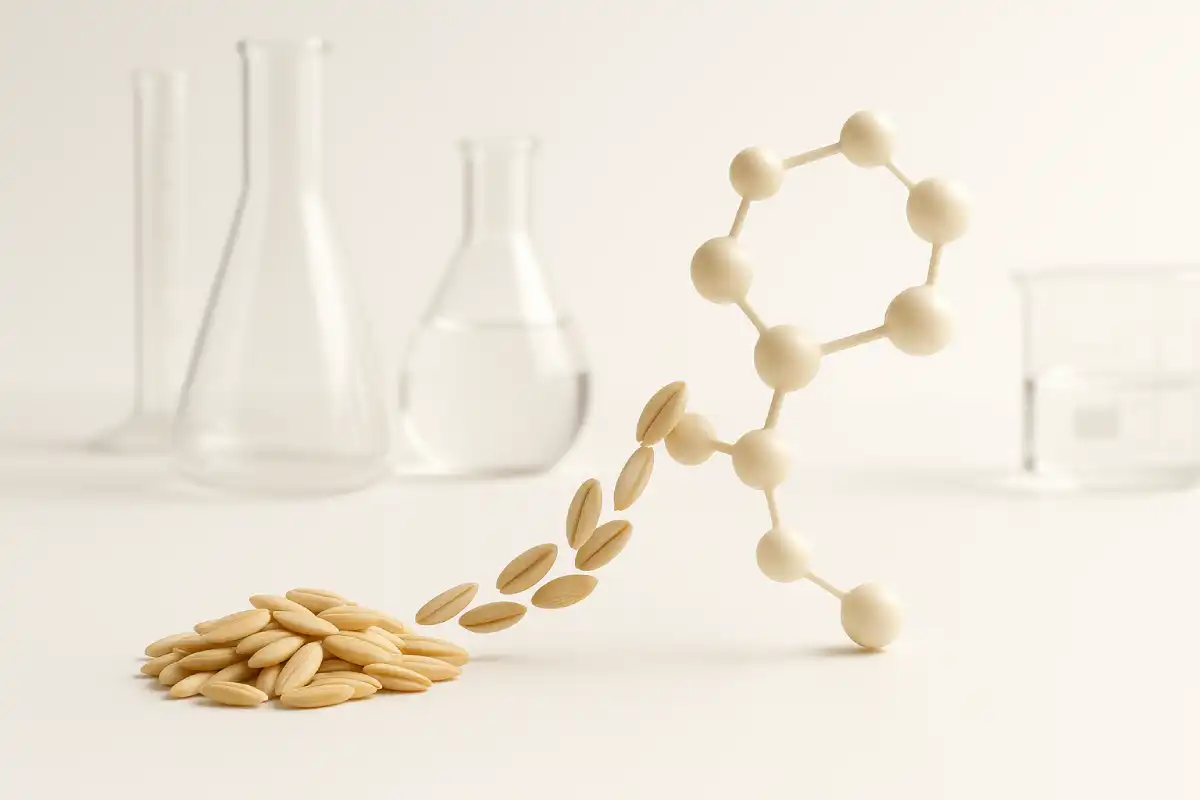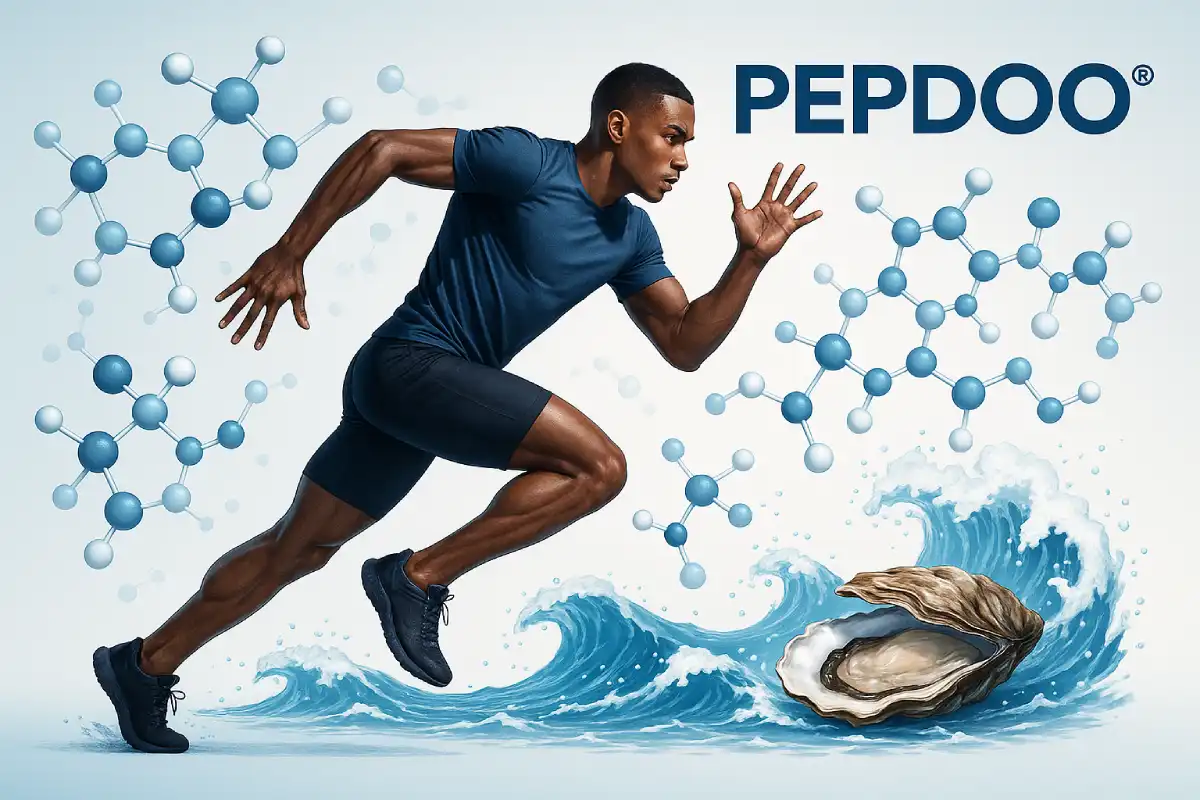Beyond Hydrolyzed Collagen: The Science Driving Absorption Efficiency
As collagen supplements continue to dominate the functional nutrition industry, brands and formulators are beginning to look beyond traditional hydrolyzed collagen and toward the real drivers of efficacy—bioactive tripeptides and dipeptides. These smaller peptide fragments are the true stars behind collagen’s absorption and physiological impact, and they are reshaping how collagen products are formulated, marketed, and evaluated.
In this article, we explore the science of collagen peptide absorption, why molecular weight and peptide structure matter, and how dipeptides and tripeptides offer a new frontier for high-performance collagen-based products.
What Are Dipeptides and Tripeptides?
At the most basic level, peptides are short chains of amino acids linked by peptide bonds. When proteins like collagen are broken down through enzymatic hydrolysis, they yield various lengths of peptides:
- Dipeptides: two amino acids
- Tripeptides: three amino acids
- Oligopeptides: typically 4–10 amino acids
- Polypeptides: longer chains
Among these, dipeptides and tripeptides (generally <500 Da) are considered the most bioavailable forms of collagen, capable of bypassing further digestive breakdown and entering the bloodstream rapidly. Specific peptides such as Proline-Hydroxyproline (Pro-Hyp) and Glycine-Proline-Hydroxyproline (Gly-Pro-Hyp) have been shown to survive digestion and reach systemic circulation intact, making them highly effective at stimulating collagen synthesis in skin, bone, and connective tissues [1].
At PEPDOO®, our proprietary peptide fingerprinting technology allows us to isolate and quantify these functionally critical peptides, ensuring consistent tripeptide-enriched collagen profiles for our global B2B partners.
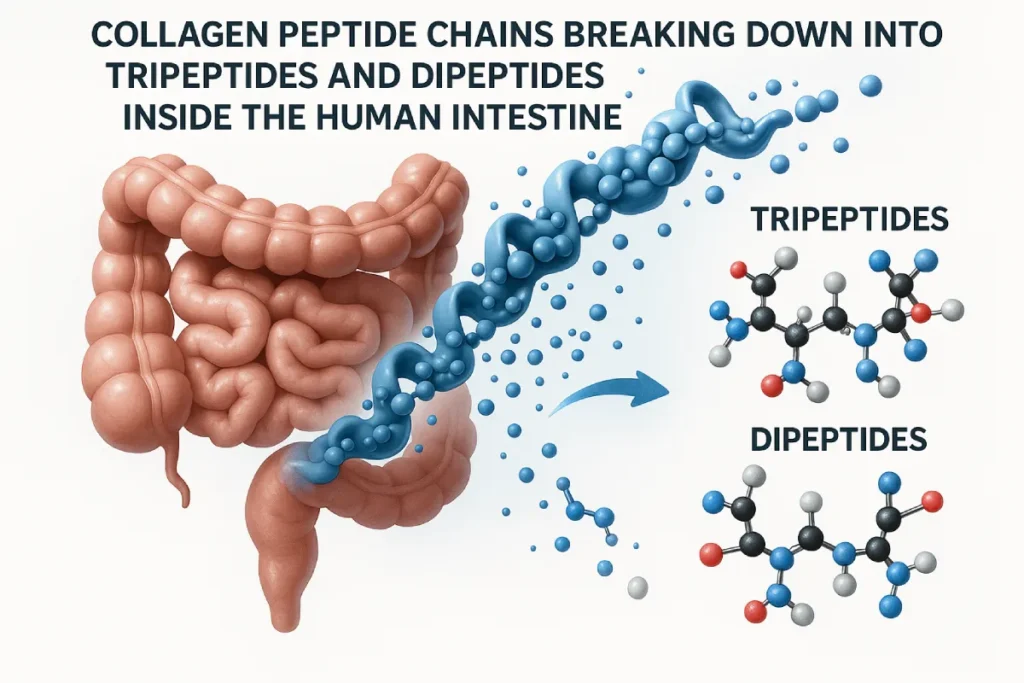
Why Size and Structure Matter for Absorption
Most conventional collagen supplements contain peptides with an average molecular weight between 2000–5000 Da. While these hydrolysates are more digestible than native collagen, their absorption still requires further breakdown by proteases in the gut.
Tripeptides and dipeptides, by contrast, are small enough to be absorbed intact via the PEPT1 transport system in the small intestine. This transporter, highly efficient and low in selectivity, is specifically designed to recognize and shuttle small peptides into the bloodstream faster than individual amino acids [2].
Studies have demonstrated that oral ingestion of collagen peptides results in peak plasma concentrations of Pro-Hyp within 30–60 minutes, validating the rapid bioavailability of these peptides [3]. This fast absorption allows them to act not only as nutrient sources but also as bioactive signaling molecules that promote fibroblast activity, hyaluronic acid synthesis, and wound healing.
Tripeptides vs. Free Amino Acids and Larger Peptides
A key differentiator in collagen efficacy is how peptides behave once absorbed. While free amino acids must undergo de novo synthesis pathways to become collagen, dipeptides and tripeptides can directly stimulate collagen-forming cells (fibroblasts), giving them a clear advantage in skin and joint health products [4].
Similarly, larger peptides or partial hydrolysates may suffer from:
- Slower absorption
- Inconsistent bioavailability
- Poor functional specificity
By formulating with tripeptide-rich collagen ingredients, product developers can significantly enhance both clinical performance and consumer satisfaction.
As a full-spectrum peptide manufacturer, PEPDOO® offers customized collagen peptide ingredients tailored by molecular weight, peptide sequence, and source origin (marine, bovine, poultry), ensuring optimal alignment with your product positioning.
Bioactivity of Key Collagen Peptides
The functional impact of collagen is not just about quantity—it’s about the quality and specificity of the peptide fragments. Below are examples of well-studied bioactive collagen peptides:
| Peptide | Sequence | Reported Benefits |
|---|---|---|
| Pro-Hyp | Di-peptide | Stimulates fibroblast proliferation; wound healing [5] |
| Gly-Pro-Hyp | Tri-peptide | Enhances skin elasticity and hydration [6] |
| Hyp-Gly | Di-peptide | Supports bone matrix mineralization |
These peptides are considered functionally intact—capable of reaching target tissues and influencing cellular pathways. Their role in anti-aging skincare, mobility support, and recovery products makes them highly valuable in B2B product development pipelines.
Applications in Formulation: From RTD to Capsules
Tripeptide and dipeptide-enriched collagen peptides are versatile across delivery formats:
- RTD beverages: fast-absorbing and taste-neutral
- Powder sachets: stable, easily reconstituted
- Capsules & tablets: ideal for dose precision
- Chewables and functional gummies: growing consumer interest
Our advanced peptide production facilities support multi-enzymatic hydrolysis, membrane separation, fermentation-enhanced bioconversion, and low-temperature drying technologies—ensuring tripeptide content control and excellent sensory profiles.
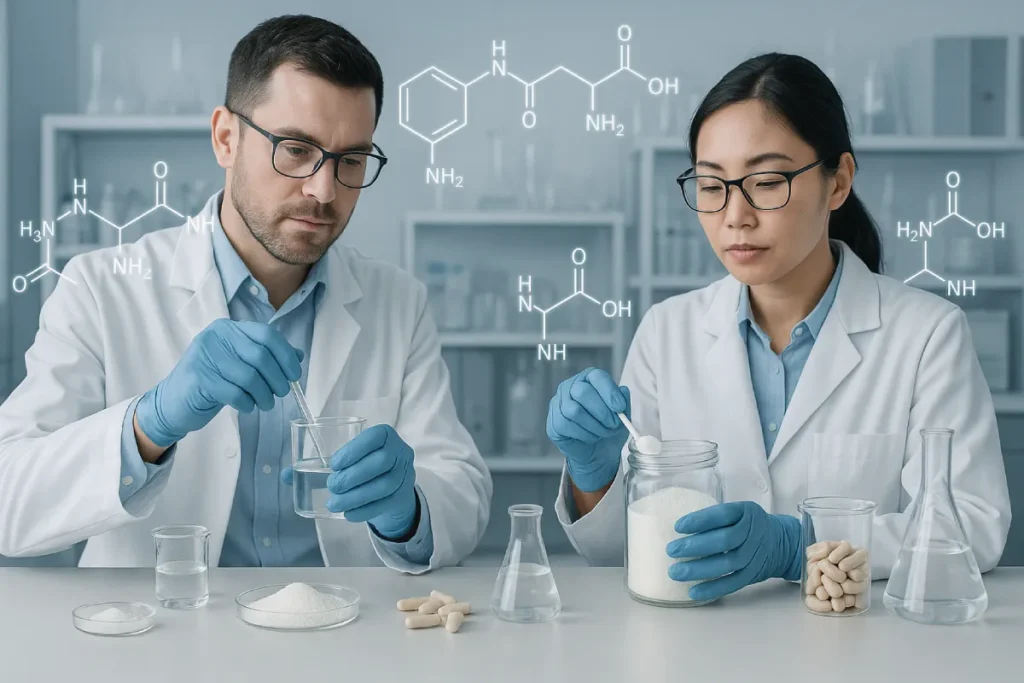
Regulatory Considerations & Market Positioning
Across global markets, collagen peptide labeling and claims must adhere to evolving regulations:
- China: classified under FSMP or health food depending on use case
- EU: subject to EFSA standards and limited claims
- Japan: certain peptides approved under FOSHU for skin and joint health
As a core drafter of China’s peptide industry standards and one of the nation’s leading patent holders in small peptides, PEPDOO® supports B2B clients with technical dossiers, compliance guidance, and regulatory documentation for global product launches.
Choosing the Right Manufacturer: What to Look For
When sourcing collagen peptide ingredients, B2B partners should assess:
- Source traceability and full in-house production
- Peptide mapping capabilities to confirm tripeptide content
- Clinical study support
- Patent protection and R&D transparency
- Global regulatory documentation
We are proud to be a full-category peptide manufacturer backed by China’s most advanced and internationally aligned peptide production technologies, serving clients across nutraceutical, beauty, and functional food sectors.
The Future of Collagen is Small (Molecularly Speaking)
As the functional nutrition landscape matures, small peptides—especially tripeptides and dipeptides—are becoming the new benchmark for collagen efficacy. Their rapid absorption, defined bioactivity, and formulation flexibility make them ideal for next-generation beauty-from-within, joint health, and active aging products.
At PEPDOO®, we believe that true innovation in collagen lies in precision, not volume. By delivering clinically validated, functionally targeted peptides, we help brands unlock the real potential of collagen—from raw material to finished product.
Ready to Elevate Your Collagen Products?
Partner with PEPDOO®—China’s leading full-spectrum peptide manufacturer and small-peptide patent innovator—for tripeptide & dipeptide solutions that maximize absorption and efficacy.
Request Samples & Technical DataFAQ
Tripeptides and dipeptides are ultra-short chains of amino acids—consisting of three and two residues respectively—derived from collagen hydrolysates. Compared to standard hydrolyzed collagen (typically >5 kDa), these low molecular weight peptides (<500 Da) are more efficiently absorbed in the small intestine, resulting in superior bioavailability and faster biological response [1].
Scientific studies have shown that specific tripeptides like Gly-Pro-Hyp are directly absorbed into the bloodstream and can stimulate fibroblast activity and skin ECM synthesis [2]. Products standardized for high tripeptide/dipeptide content show improved efficacy in anti-aging, joint health, and skin elasticity formulations.
- Molecular weight: Average <500 Da
- Peptide purity: >90% total peptides
- Tripeptide content: ≥15% (e.g., Gly-Pro-Hyp, Pro-Hyp-Gly)
- Dipeptide content: ≥10%
- Solubility: Instant, cold-water soluble
- Origin: Bovine/Marine sources available
As a full-category peptide manufacturer and China’s leader in small molecule peptide patent innovation, we utilize multi-enzyme directional hydrolysis, ultrafiltration (UF), and dynamic membrane separation techniques. Our facility is equipped with international-grade peptide purification and peptide fingerprint QC systems.
Absolutely. Our peptide powders are designed for excellent stability, taste-masking, and dispersibility. They are widely used in:
- 50 mL RTD shots
- Functional effervescent tablets
- Nutraceutical capsules and powders
- Beauty drinks and sachets
We also support OEM/ODM customization for flavor, bioavailability, and branding.
Yes. Multiple peer-reviewed studies have demonstrated the superior absorption and physiological impact of di- and tripeptides versus larger peptide fragments or intact collagen. Specific tripeptides have shown benefits in dermal elasticity, hydration, and joint cartilage regeneration [3][4].
All our collagen peptide products comply with:
- ISO 22000 / HACCP / FSSC 22000
- Halal / Kosher / NSF (upon request)
- Peptide content analysis via HPLC
- Batch-specific peptide fingerprinting
As a national standards drafter for collagen peptides in China, we ensure all exports meet international regulatory standards.
Yes. PEPDOO® offers comprehensive B2B support including:
- Free formulation consulting for new product development
- Peptide stability and interaction studies
- Sample prototyping and bioactive validation
- Marketing support with scientific dossiers
Please contact our B2B export team directly at Felix@yysbio.com. Samples, COAs, technical specs, and a product application guide will be provided within 24 hours.
References
- Iwai, K., et al. (2005). Identification of food-derived collagen peptides in human blood after oral ingestion of gelatin hydrolysates. Journal of Agricultural and Food Chemistry, 53(16), 6531–6536.
- Miner-Williams, W., et al. (2014). Endogenous peptides in the human digestive tract: role in nutrition. Trends in Food Science & Technology, 35(2), 63–73.
- Ohara, H., et al. (2007). Effects of Pro-Hyp, a food-derived collagen peptide, on skin fibroblast growth. Bioscience, Biotechnology, and Biochemistry, 71(2), 448–454.
- Skov, A. R., et al. (1999). Effect of protein intake on muscle mass, strength and function in elderly. The American Journal of Clinical Nutrition, 90(2), 437–442.
- Shigemura, Y., et al. (2011). Identification of novel dipeptides in human plasma after ingestion of collagen hydrolysate. Journal of Agricultural and Food Chemistry, 59(9), 5296–5303.
- Matsumoto, H., et al. (2006). Clinical effect of fish type I collagen hydrolysate on skin properties. IUBMB Life, 58(7), 444–449.

